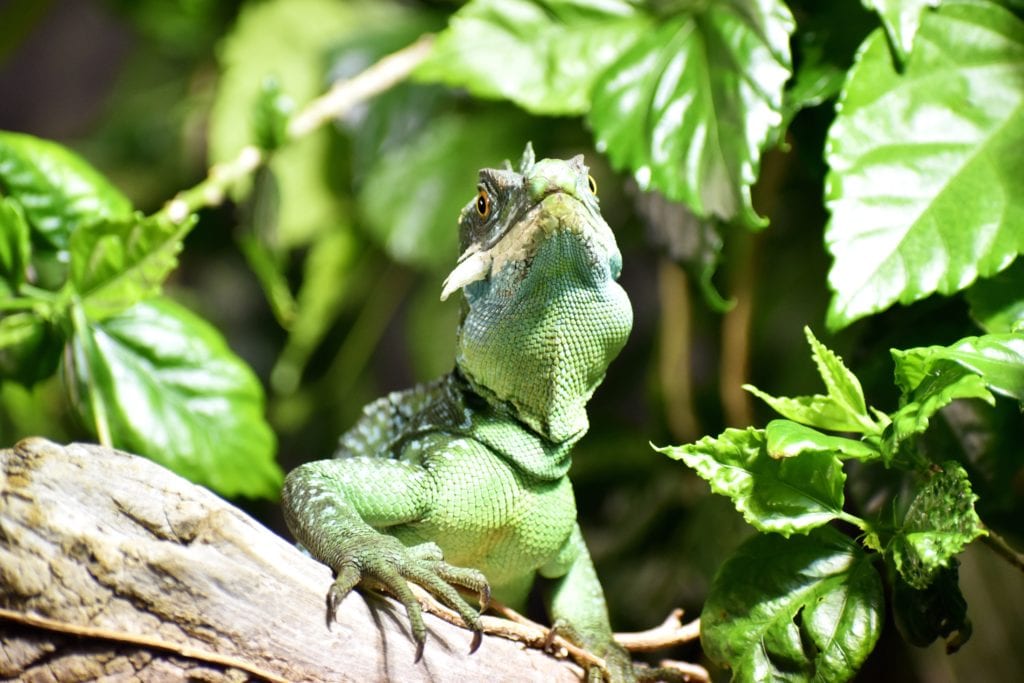Making your own reptile terrarium can be a very rewarding process, and it will invoke your creativity as well as your practical expression, so that you end up with a unit that is not only functional, but aesthetically pleasing as well. A pet snake or other reptile will enjoy its surroundings inside a terrarium, and you will have peace of mind knowing your pet is safe and contained.
Below are listed the simple steps it will take to build your own reptile terrarium, and even if you’re not an experienced do-it-yourselfer, you’ll have no trouble assembling this.
1 – Decide on the Dimensions
The actual dimensions for your terrarium will depend on just what type of reptile you are housing and what size it requires. A chameleon needs more space than most other reptiles, so a 4-by-4-by-4-foot structure is necessary. A ball python requires 4-by-2-by-2-foot, whereas a bearded dragon might need only a 25-by-25-by-25-inch enclosure.
2 – Frame in your Container
First, you’ll need to measure and cut the frames for the container. Attach these pieces using screws, then cut plywood or other material for the base and walls. Make sure to leave one side open for a plexiglass window, or you might want to leave all sides open for plexiglass. You’ll also have to leave the top open, because that’s where you will eventually install mesh.
3 – Cut and Glue the Plexiglass
Measure how much plexiglass you will need to close in the open sides, then cut the plexiglass using either a saw or a box cutter. You can either attach the plexiglass to the outside of the frame, or glue it to the inside. It will look a little more professional if you glue it to the inside.
4 – Attach the Door
Attach the door locks and hinges so that the door will fit snugly, but can still be easily opened and closed. You can also use the frame and plexiglass to install a smaller-sized door, or you could even install a mesh door on top of the terrarium.
5 – Add on the Screen Top
Measure the area for the screen top and cut mesh to fit the space so it fits securely on top of the container. Then staple the mesh to the frame with a staple gun, so it is completely secure. If you’ve already installed a mesh door on top, ensure that this mesh piece is securely fastened to the door frame.
6 – Check for Any Rough or Sharp Edges
The last step of the assembly process is to check for any rough or sharp edges, because these may cause injuries later on. Once they have been sanded down, you’ll be ready to set up any habitat you’re adding for your reptile, and your terrarium is ready for occupancy!


